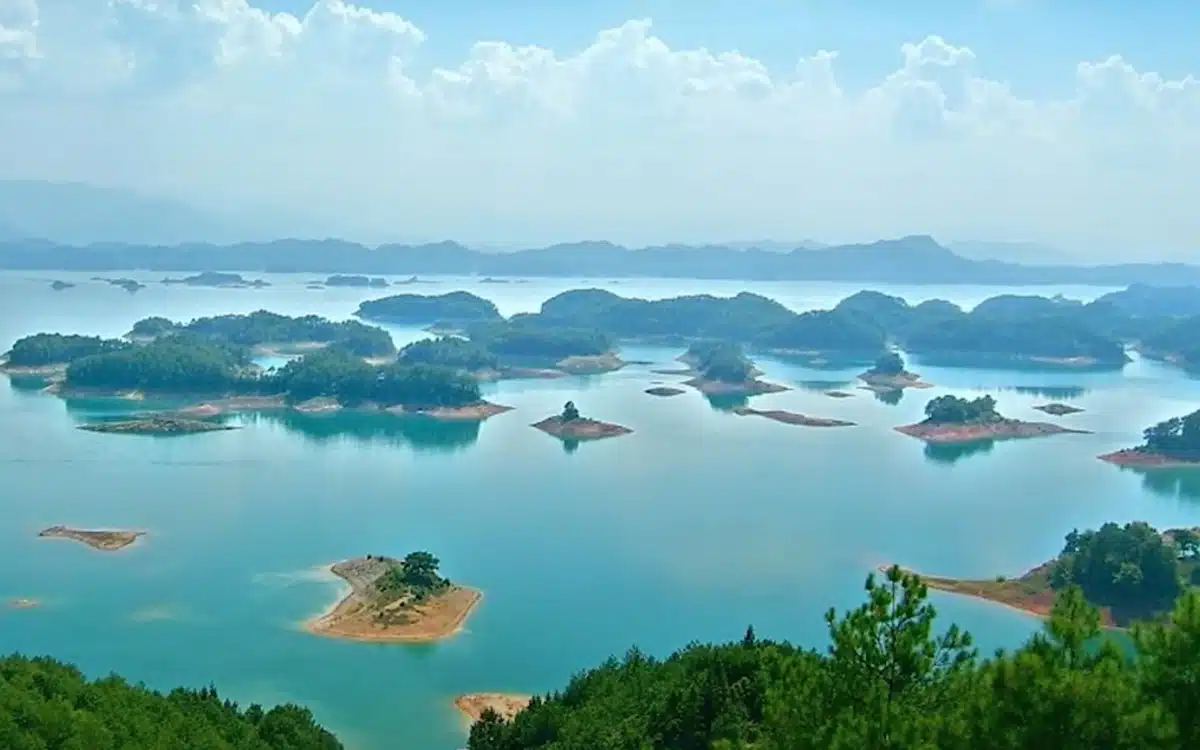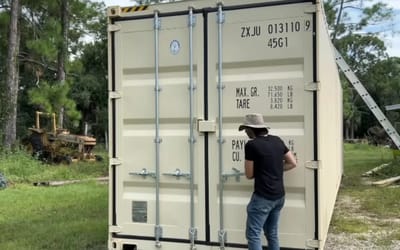Ancient Chinese city found perfectly preserved at the bottom of a lake
- The Lion City – or Shi Cheng – is hidden 40 meters beneath the surface of Qiandao Lake in eastern China
- The ancient Chinese city was built during the Eastern Han Dynasty between 25AD and 200AD
- In 1959, the Chinese government decided to build a hydroelectric power plant in the area, flooding the ancient Chinese city in order to do it
Published on Dec 28, 2023 at 3:57 PM (UTC+4)
by Adam Gray
Last updated on Dec 28, 2023 at 8:15 PM (UTC+4)
Edited by
Alessandro Renesis
There’s an ancient Chinese city submerged beneath a manmade lake that experts have dubbed “China’s Atlantis”.
Known as the Lion City – or Shi Cheng – the underwater city is hidden 40 meters beneath the surface of Qiandao Lake in eastern China.
Back in 2021, officials discovered – or rediscovered – the metropolis which had been perfectly preserved after years underwater.
READ MORE! Mystery of missing Malaysian Airlines flight MH370 could be solved in “days”
But what’s the history behind the Lion City, and how did it end up under water?
The story goes, the ancient Chinese city was built during the Eastern Han Dynasty between 25AD and 200AD.
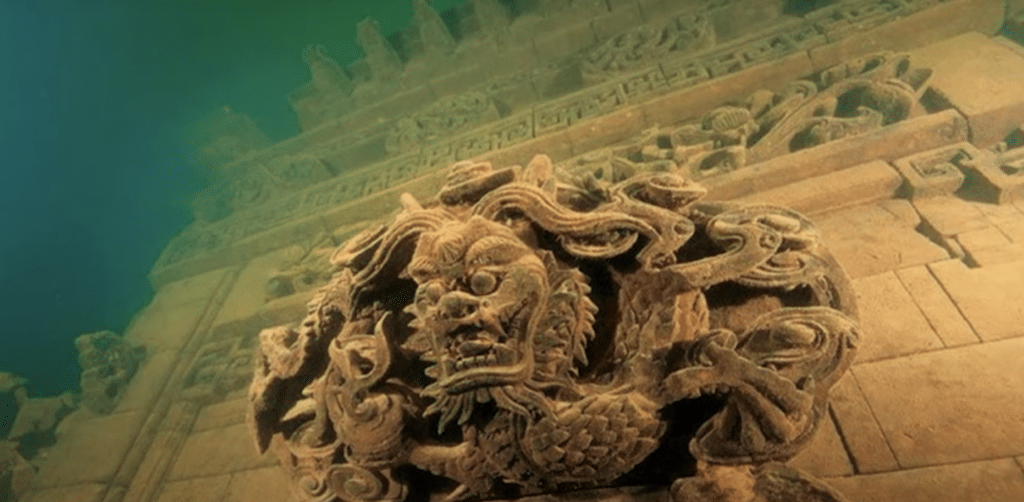
The ancient Chinese city was once a political and economic hub in the eastern province of Zhejiang, with a regional seat of power located in the metropolis.
Its walls, believed to date back to the 16th century, had five entrance gates as opposed to the traditional four in ancient Chinese cities.
It has wides streets, too, containing 265 archways featuring stonework of dragons, phoenixes and lions – hence the city’s name.
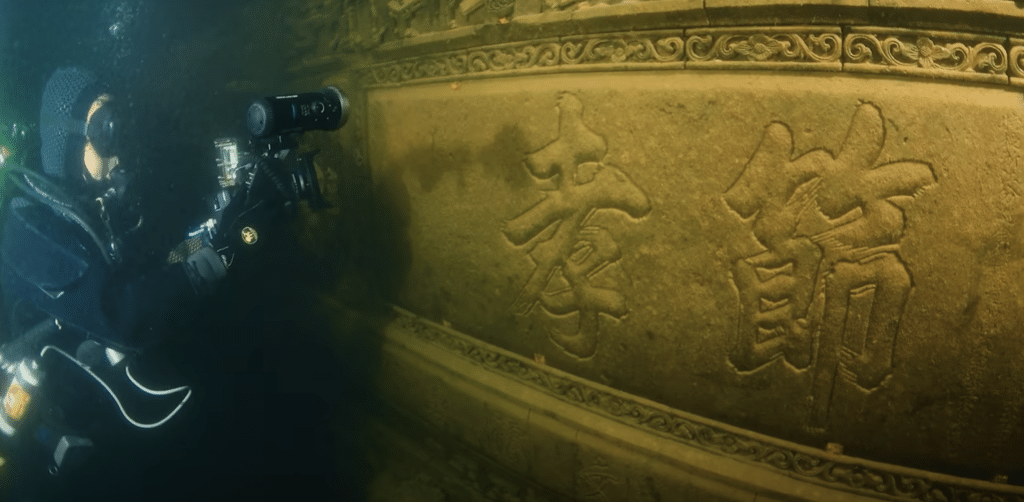
But in 1959, the Chinese government decided to build a hydroelectric power plant in the area.
Surprisingly, though, they decided to flood the ancient Chinese city in order to do it.
More than 300,000 people to be rehoused for the project, which ultimately birthed Qiandao Lake.
It’s not the first time we’ve heard of such an unprecedented Chinese project.
There was the time time an entire 30,000 ton Chinese building was rotated 90 degrees.
Then there was the Chinese village that created a QR code maze that was scannable fro planes overhead.
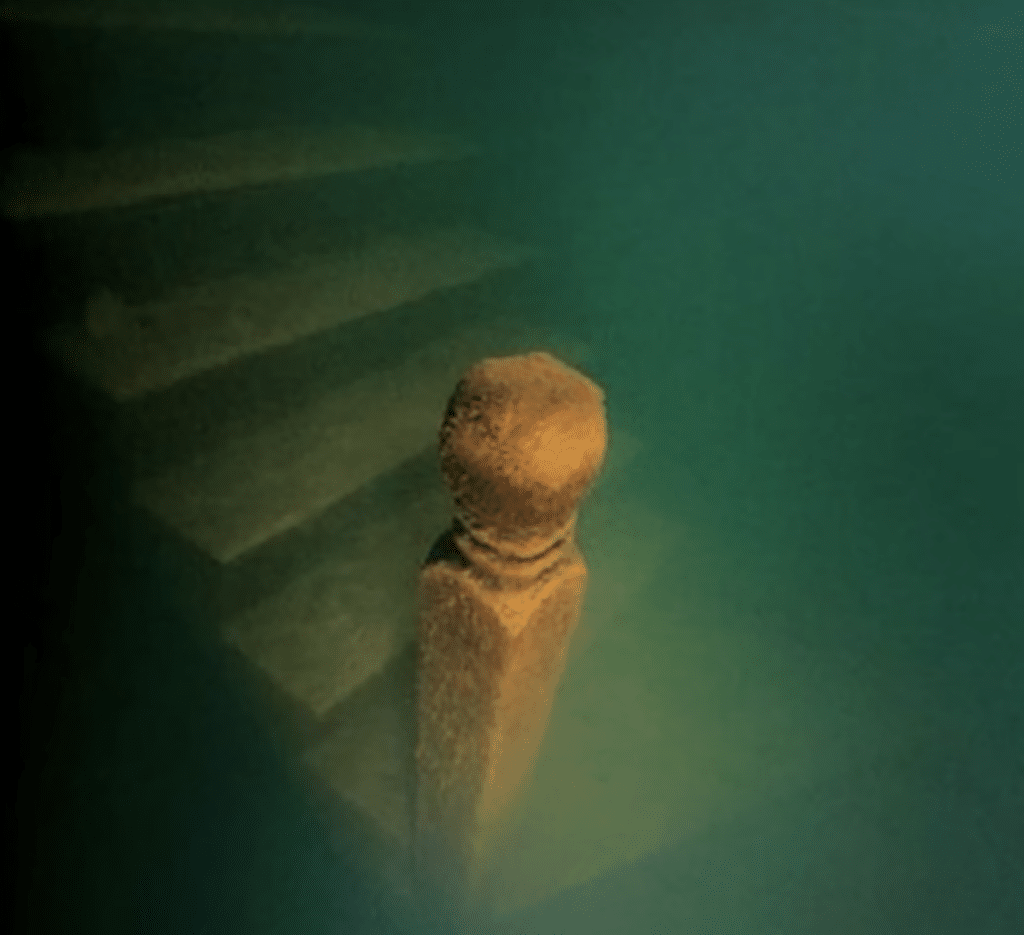
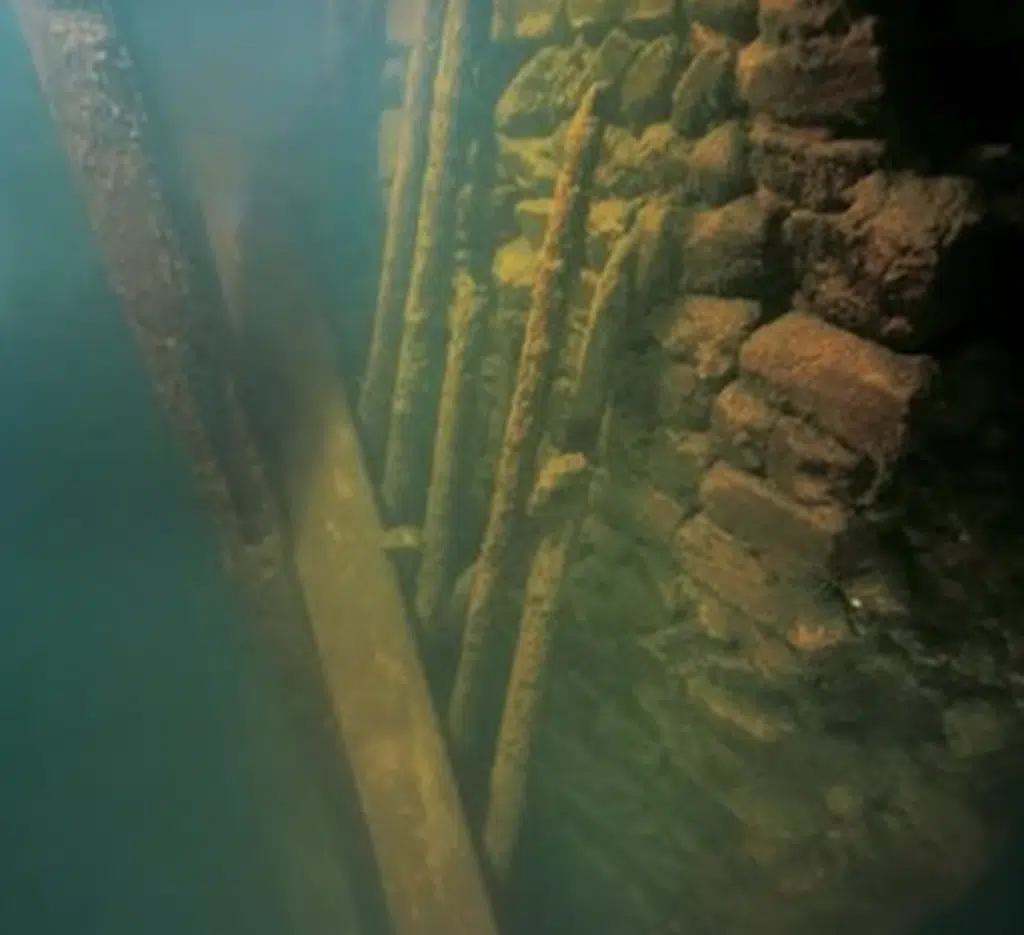
The ancient Chinese city remains as a time capsule from the period when it was flooded.
As the water doesn’t contain anything corrosive and isn’t conducive to marine life, the remains are in perfect condition.
Despite still functioning as a city until the mid-20th century, the Lion City hasn’t been completely mapped out.
Today, divers are able to work their way through each structure, archway and road, pulling together a fuller picture of what life may have looked like thousands of years ago.
DISCOVER SBX CARS: The global premium car auction platform powered by Supercar Blondie
Adam Gray is an experienced freelance motoring journalist and content creator based in the United Kingdom. Using his media accreditation with manufacturers’ press offices, Adam test drives the latest cars and attends new vehicle press launches, producing written reviews and news pieces for a variety of lifestyle and business publications. Here at Supercar Blondie, Adam applies his journalistic skills penning social-first content around current news and trends. When he’s not behind the wheel of the latest car or writing up another viral story, Adam can be found at his local rink playing ice hockey or at the Riverside Stadium supporting his beloved Middlesbrough FC.
